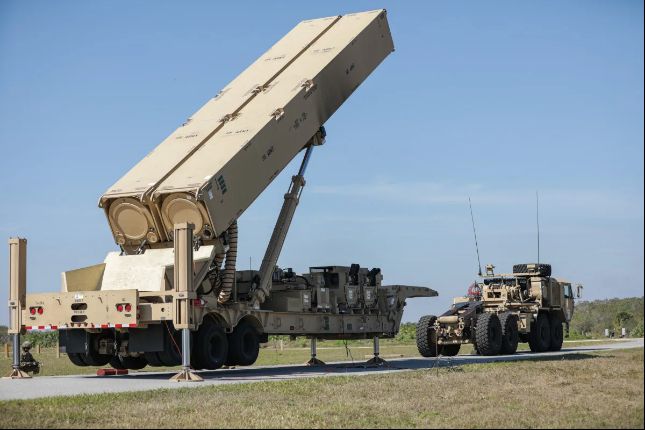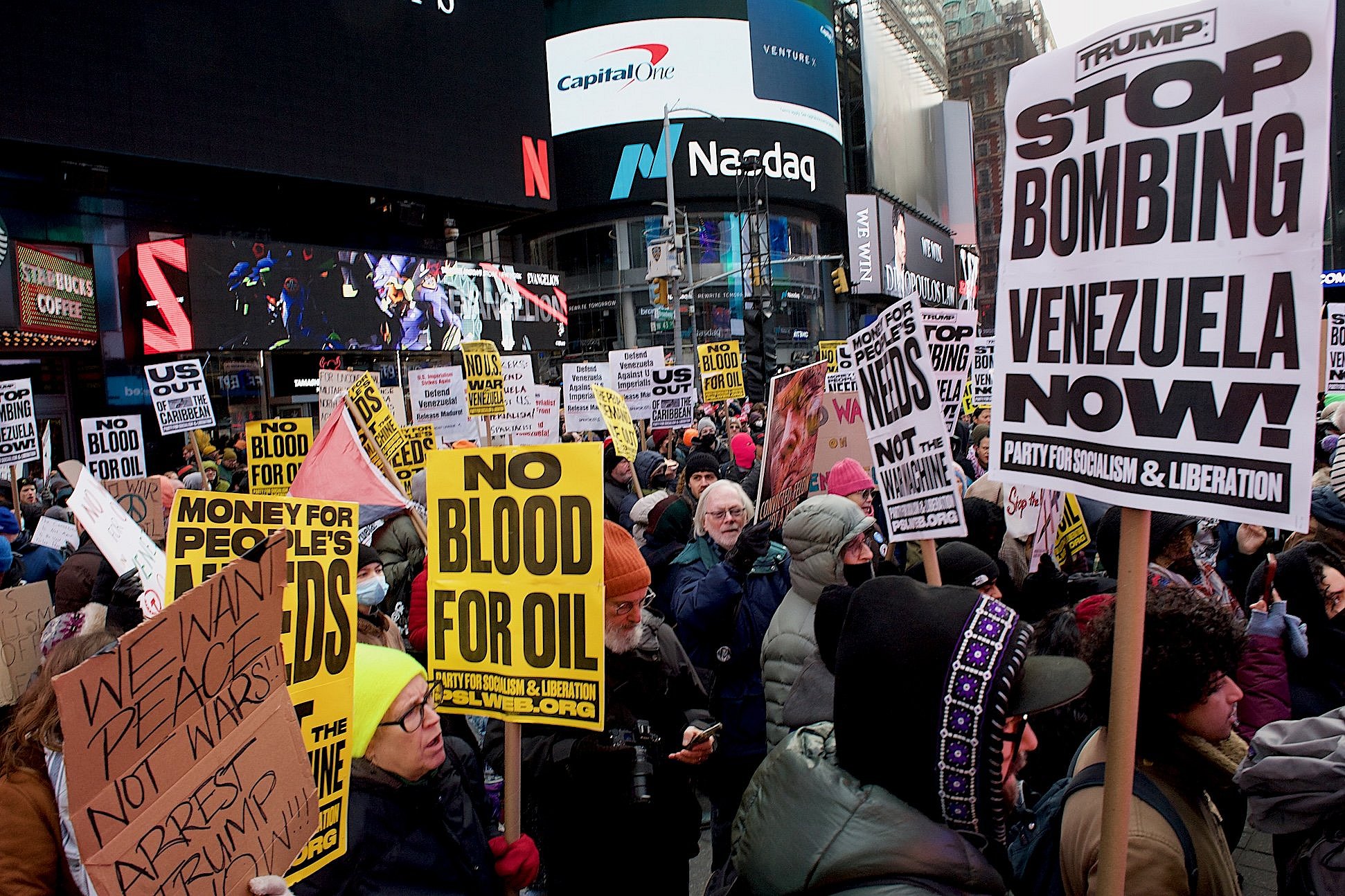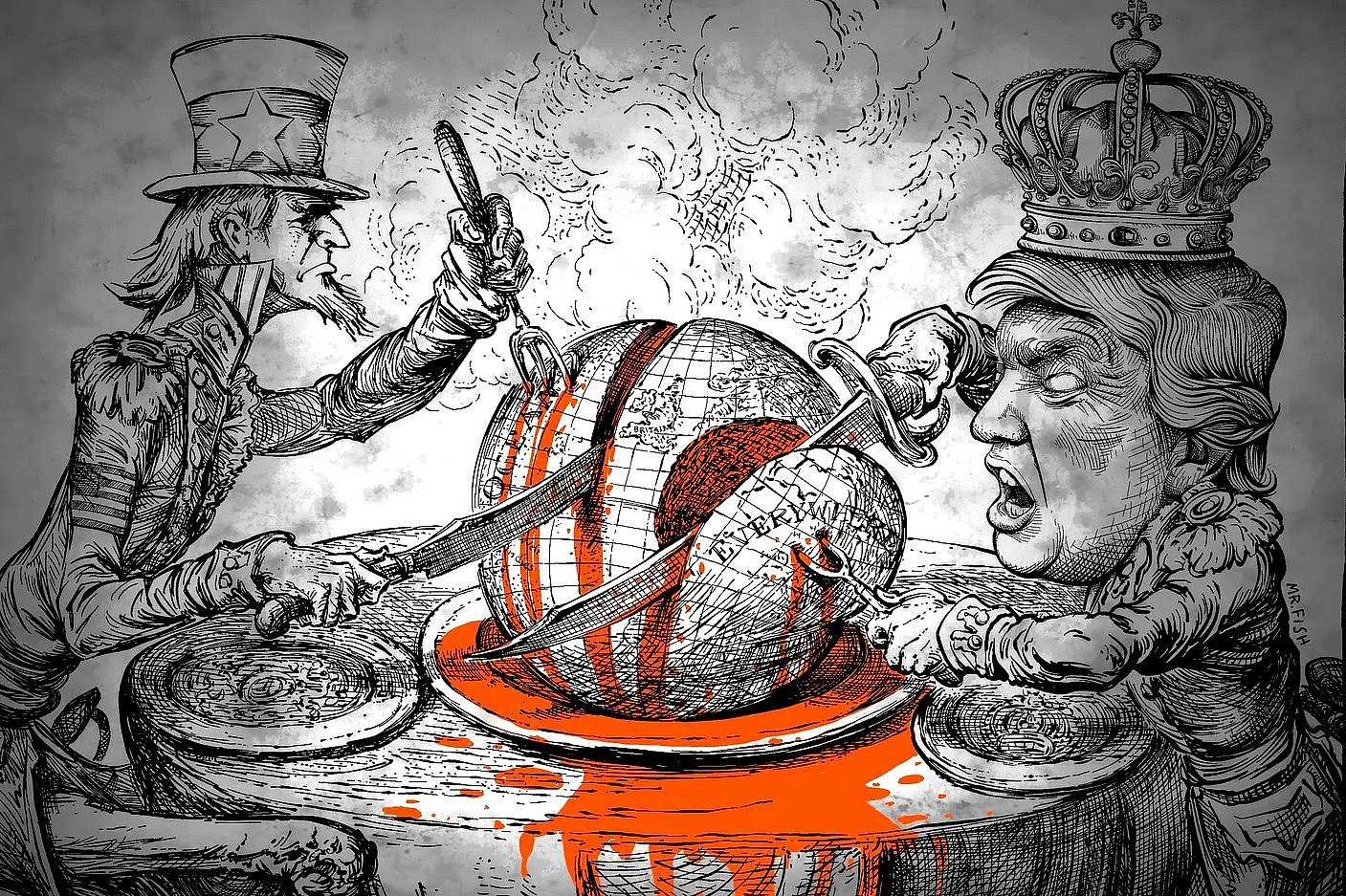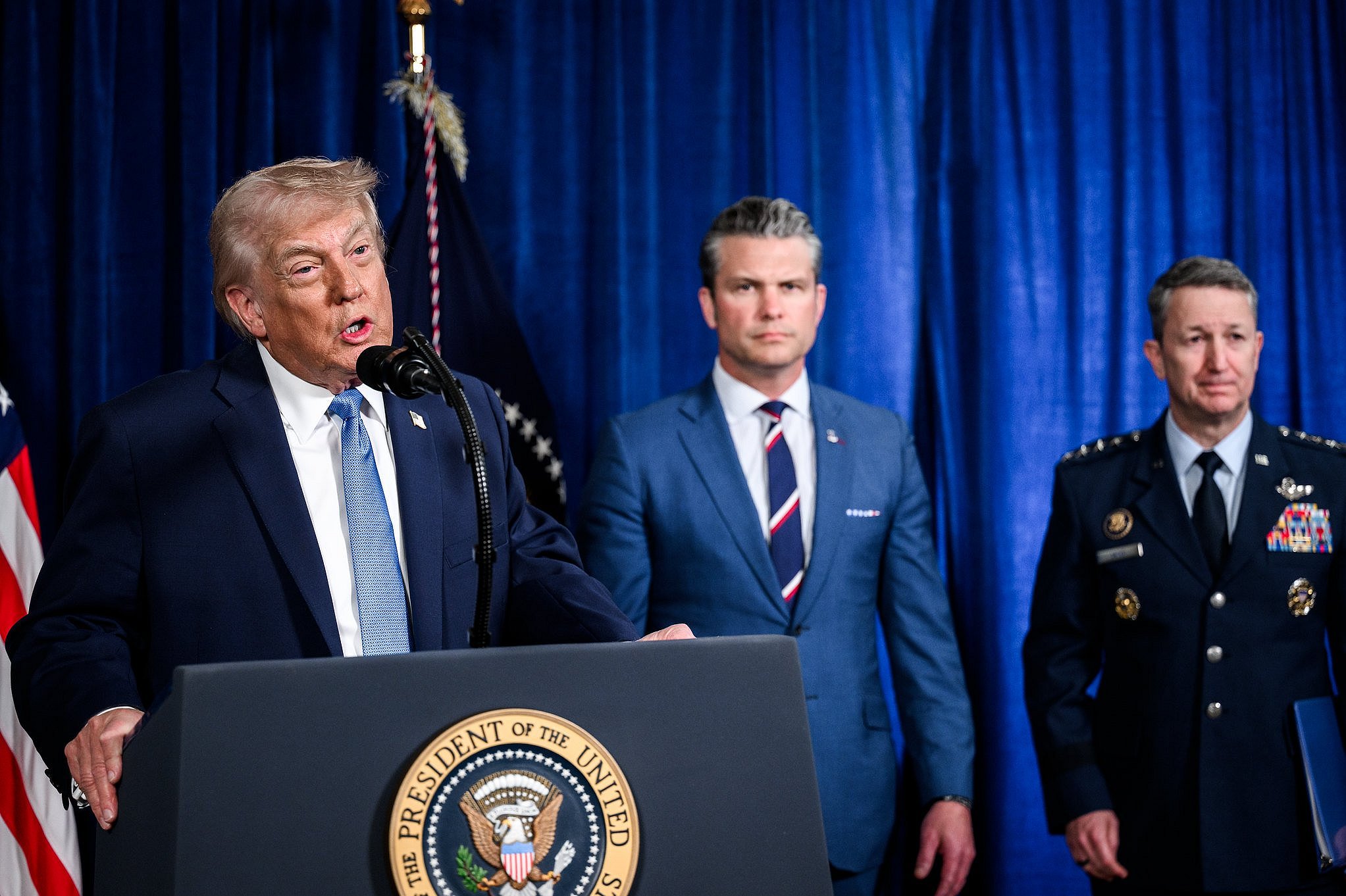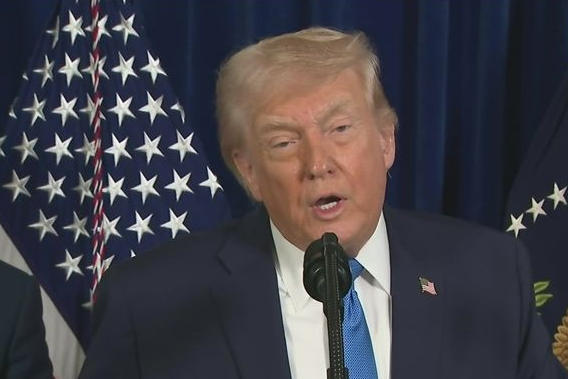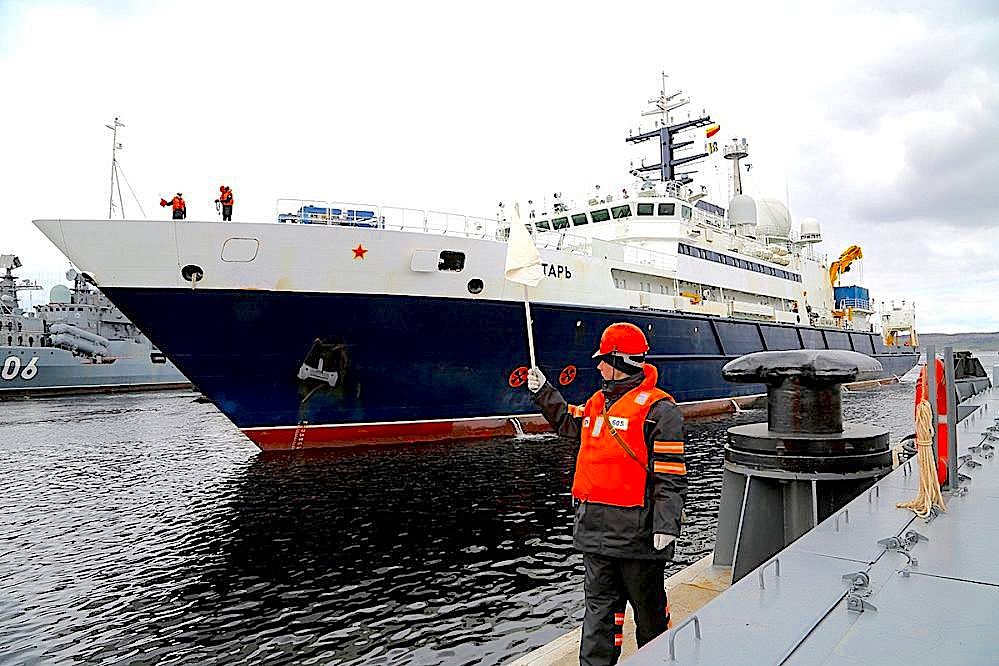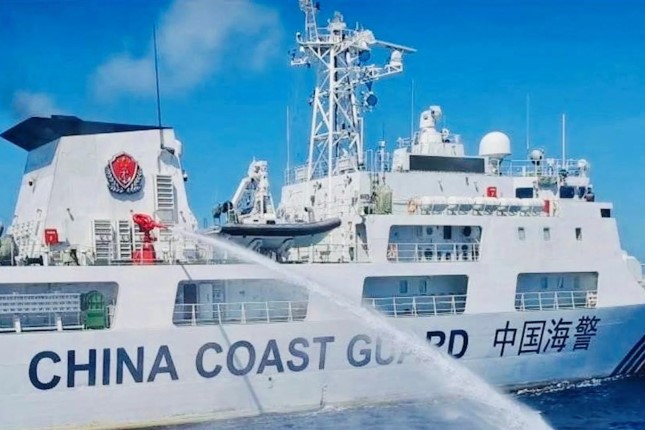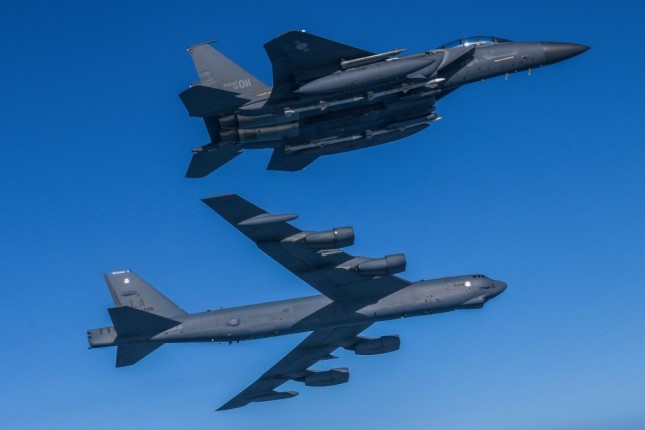The US has no plans to remove the controversial Typhon missile system from the Philippines, Reuters reported last week, a move that is ratcheting up tensions with China.
The US deployed the Typhon system to the Philippines in April, and Philippine officials previously said it would likely be removed in September. But now officials are saying there are no immediate plans to withdraw the system, and the US and Philippine militaries are testing the feasibility of using it in a regional war.
The Typhon missile launcher is a ground-based system that can fire nuclear-capable Tomahawk missiles, which have a range of more than 1,000 miles. Ground-based missiles with a range between 310 and 3,400 miles were banned by the Intermediate Nuclear Forces (INF) Treaty, which the US withdrew from in 2019. The Typhon also fires SM-6 missiles, which can hit targets up to 290 miles away.
The deployment to the Philippines marks the first time the US sent a medium-range ground-based missile system to the Asia Pacific since the US and the Soviet Union signed the INF treaty in 1987. China has strongly denounced deployment, with the Chinese Defense Ministry saying it has “put the entire region under the fire of the United States (and) brought huge risks of war into the region.”
The Chinese Foreign Ministry said the US plan to keep the Typhon system in the Philippines “seriously threatens the security of regional countries and intensifies geopolitical confrontation.”
The Typhon system is currently deployed on the northern Philippine island of Luzon. From there, Tomahawk missiles could easily reach Taiwan, mainland China, and targets across the South China Sea. The US is also looking to send a Typhon to Japan for future military drills and another long-term deployment.
The deployment comes as tensions are soaring between China and the Philippines over disputed rocks and reefs in the South China Sea. Chinese and Philippine vessels have had frequent tense encounters that sometimes end in collision. After each incident, the US has reiterated that the US-Philippine Mutual Defense Treaty applies to attacks on Philippine boats in the disputed waters.
Source: AntiWar.
